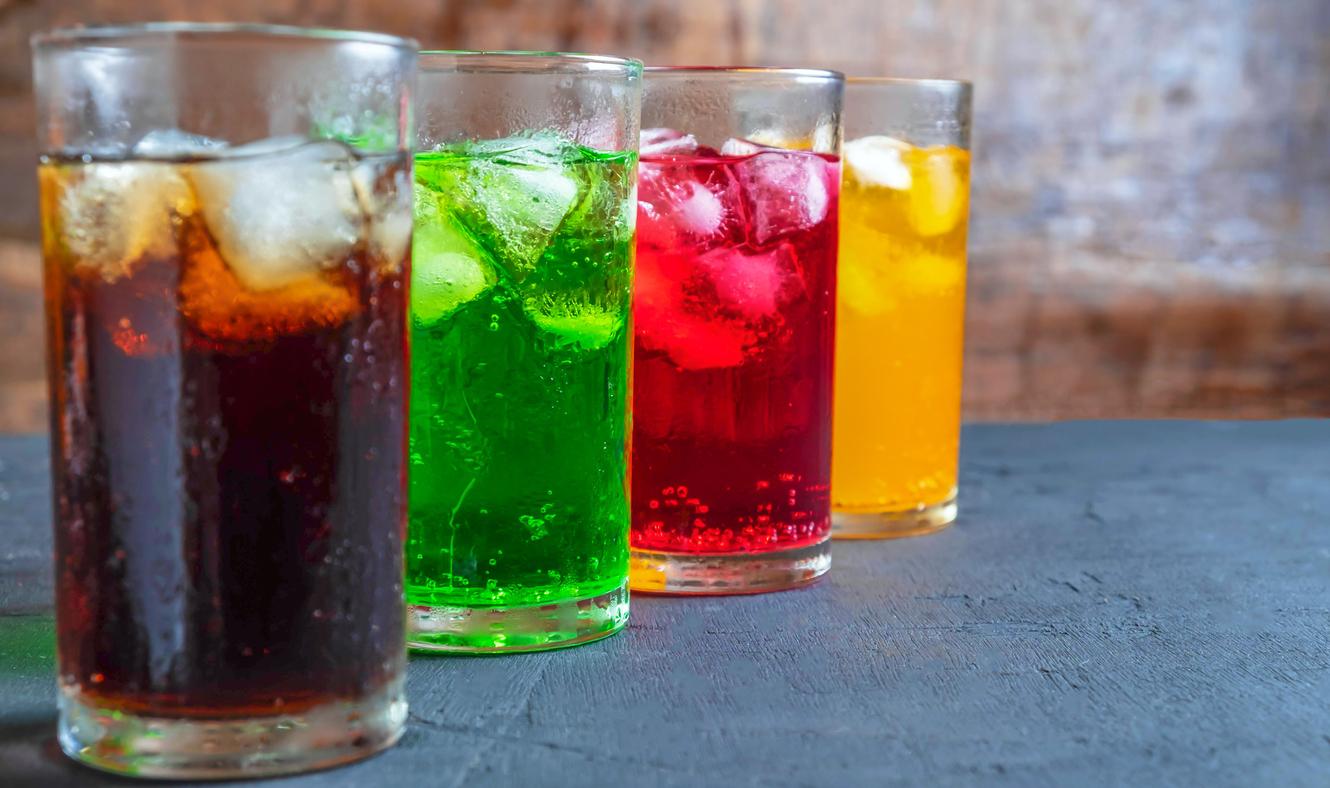They are 50,000 times smaller than a hair and have invaded the objects of our daily lives. Used in the cosmetics industry, nanoparticles are now colonizing our food. They help to modify the color, the smell, the fluidity or even the texture of the products and prevent oxygen and humidity from altering the product.
But, above all, they raise questions about the effects on our health.
In its September issue, the magazine 60 million consumers notes that the additive E171, partly composed in the form of nanoparticles, is present in variable quantities in 18 sweet products tested, such as cakes or candies.
Proportions ranging from 10% to 100%, West France. Titanium dioxide, notes the regional daily, appears, for example, in the composition of Napolitain de Lu biscuits (12%), Monoprix Gourmet iced cakes (100%), and M&M’s (20%). The labels do mention the presence of E171, but do not specify the use of the nanoparticles.
It is precisely this “lack of rigor” on the part of manufacturers that worries the consumer association. These microscopic compounds easily cross physiological barriers. “When a foreign substance interferes within a cell itself, we can obviously assume that there may be damage, in any case a disruption of some of these cells”, confides to AFP Patricia Chairopoulos , co-author of the study.
Today, studies do not make it possible to assess the real impact of nanoparticles on our health, recall your daily newspapers, but they nevertheless point to the effects. Like that of the National Institute of Agronomic Research (Inra) published last April.
The researchers had rats ingest titanium dioxide containing 40 to 45% of nanoparticles, at doses close to those that humans can absorb. After 100 days of exposure, they observed that titanium dioxide caused accelerated growth of initially benign lesions such as polyps in the colon.
















